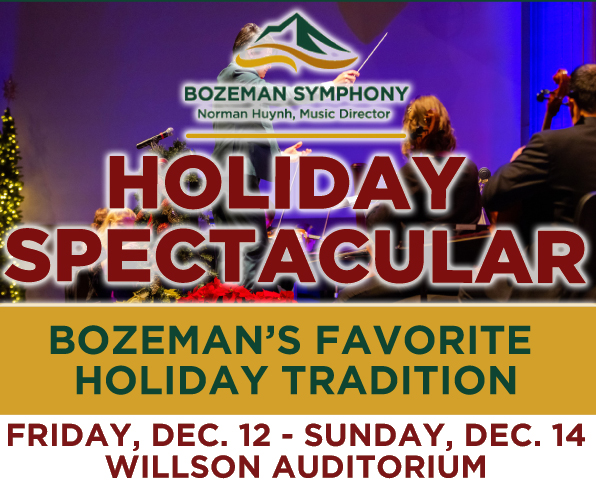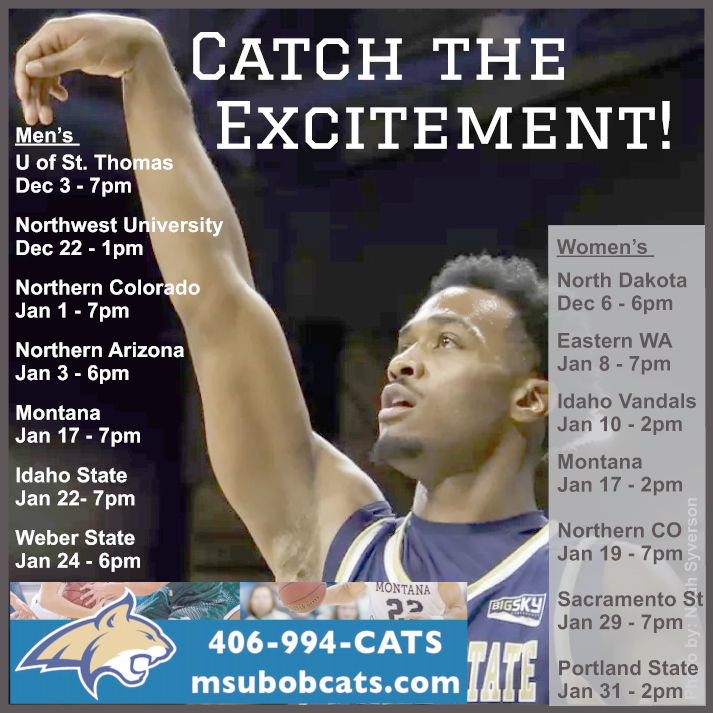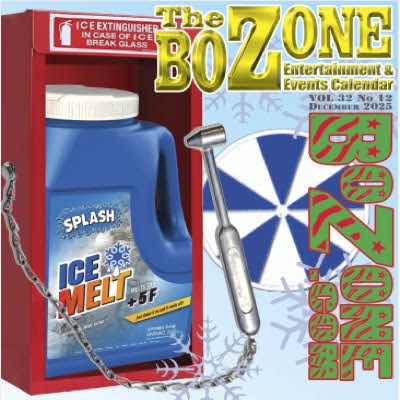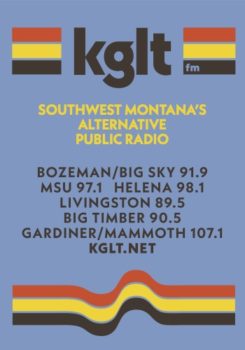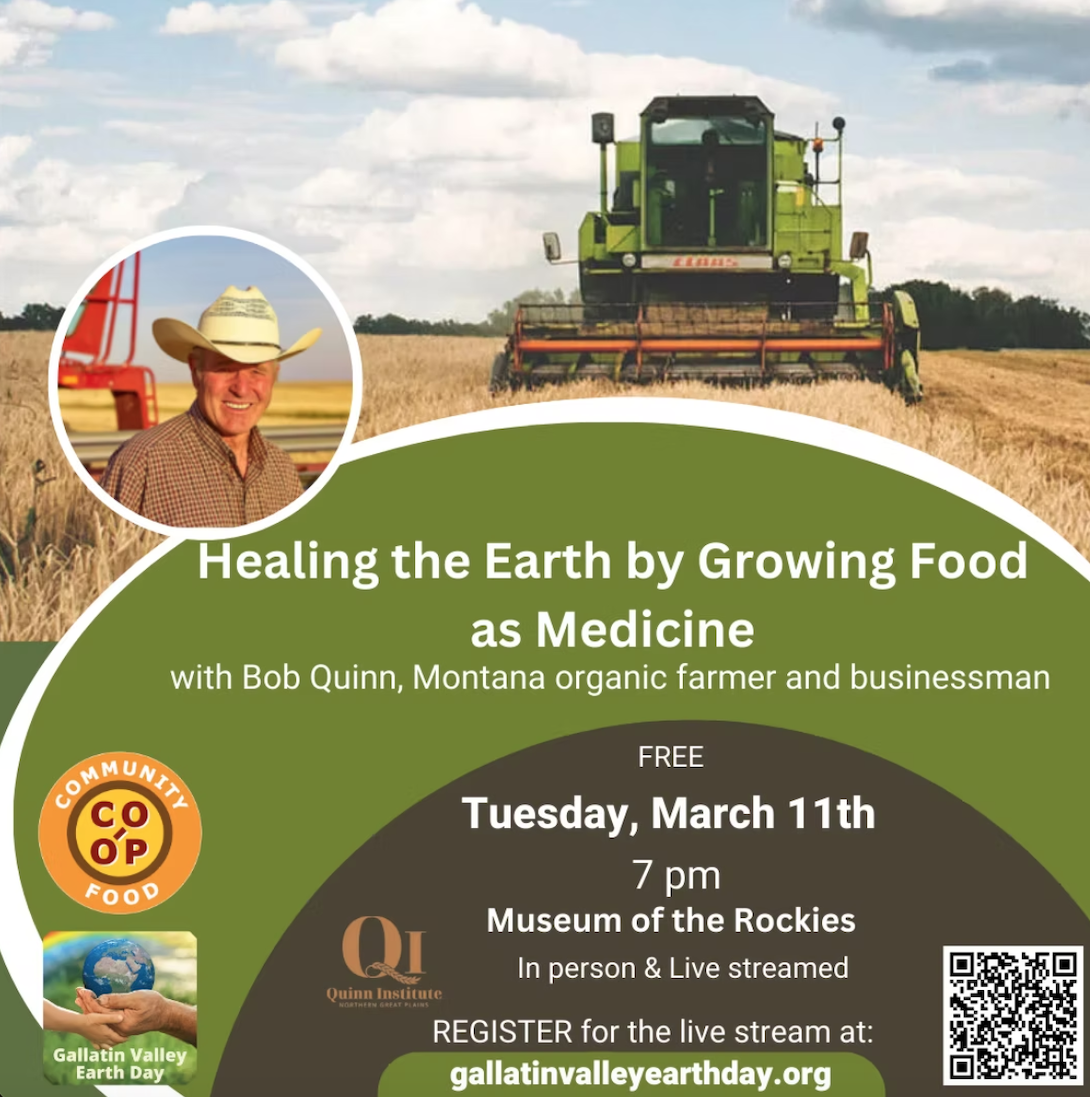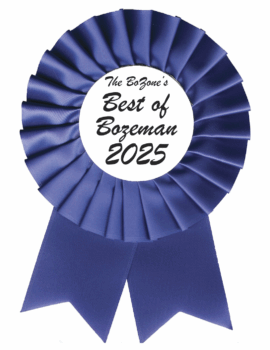The Emerson Center for the Arts & Culture is pleased to host its newest shows featuring emerging artists from our community.
Multidisciplinary artist Susie Mathre unveils The Botany of Math(re): Further into the Weeds in the Jessie Wilber Gallery. Explore puzzles, paradoxes and prickly problems in the realm of math and plants.
“This body of work is a continuation of the work I showed in 2021, The Botany of Math(re). I’ve continued exploring the intersecting relationships between plants, mathematics and the patterns they create. It includes sculptures that incorporate invasive weeds or plants that have some unusual characteristics, and framed pieces that incorporate leaves and seedheads to illustrate paradoxes, puzzles and unsolved problems in the mathematical world,” reads Mathre’s artist statement.
“My interest began with plants that caught my eye: those that were sharp, grasping or shapely. Their patterns, sequencing of growth, and tenacity sparked my curiosity and channeled me to create these pieces. My wish to understand the plant dynamics I saw made me revisit long forgotten algebra and geometry. That led me to research ancient mathematicians and philosophers, and finally developed into learning about historic math riddles in order to incorporate the concepts into my work.
“Each piece generally takes me anywhere from a month to several months to complete, requiring trial and error, constructing prototypes, and breaking several saw blades in the process. With every piece, I learn something new: a new tool, a new technique, or a new math concept that is a little beyond my comprehension and requires time to understand it, but ultimately the joy of creating continues to keep me engaged.”
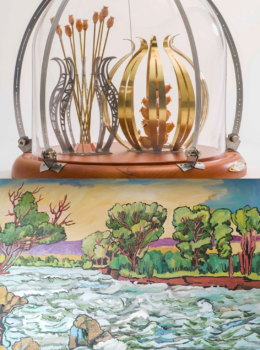
Montana paint artist Edd Enders showcases Montana Roots & Routes in the Lobby and Weaver Room galleries. Enjoy this portrayal of the western environment that encompasses everyday life while utilizing manmade imagery such as roads and fences that symbolize our human impact on the landscape.
“I consider myself a contemporary western painter. I’m not interested in portraying the West as it’s commonly idealized with pristine landscapes and romanticized wildlife, cowboys and Indians. I am deeply connected to the western environment where I’ve grown up, worked and lived. I want to portray human’s inevitable activity and impact on this region. In the bigger picture, I hope that in 100 years people will look at my paintings and learn something about this place and time, as I see it,” Enders writes.
“I have explored a wide range of painting styles, color palettes, brush strokes and subjects. My work is inspired by everything around me. As I travel around the West, I see things compositionally; how shapes and colors interact. When a scene moves me – emotionally or visually – I gather information with a sketch and notes. Back in my studio, I use the sketch as a starting place for my oil paintings and choose colors, often abstract, to convey the mood or meaning I want to evoke. My intended statement is often more ominous than my vivid colors suggest. While painting, I focus on composition and fit shapes and colors together like puzzle pieces. I often use imagery like roads, fences and road signs to add both visual interest and symbolism depicting human impact on the landscape.”
Both exhibits are open the public, on display through April 30th. For gallery hours and more information, please visit www.theemerson.org. Located at 111 S Grand Ave., the Emerson Center for the Arts & Culture serves as a primary resource for the arts, arts education, and cultural activities in Southwest Montana. •
